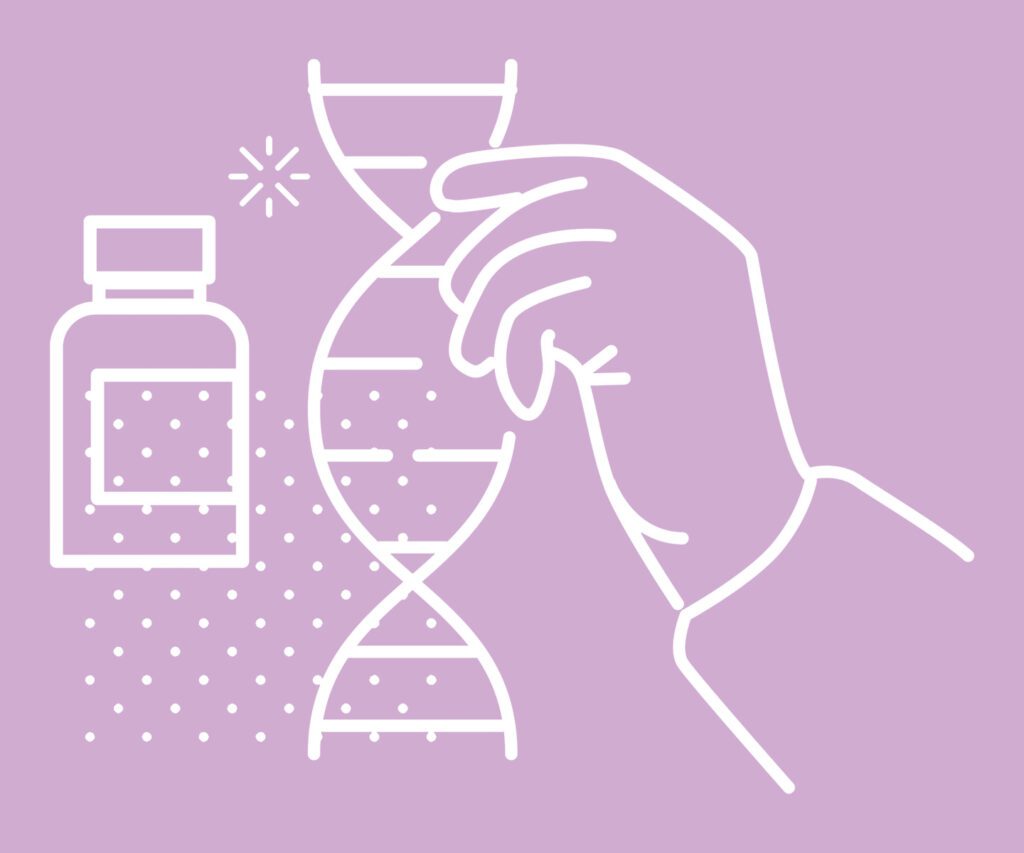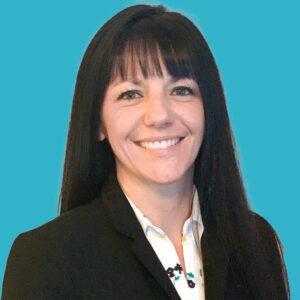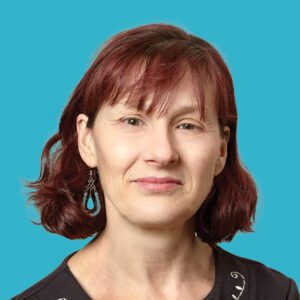OCD – which stands for obsessive-compulsive disorder – is perhaps one of the more misunderstood mental health disorders. Colloquially, many people believe it to simply refer to extreme organization or perfectionism; but in fact, the scope of the disorder extends far beyond those traits. Read on to learn the truth about what it’s like to live with OCD.
Preferring cleanliness and order doesn’t necessarily mean someone has OCD.


It’s not uncommon for certain personality types to prefer everything in their lives to be neat, clean, and orderly – with some people being more particular about it than others. However, just because you color code your notes or vacuum every day doesn’t mean you have a disorder. The symptoms of OCD often take preferences like these to the extreme – often to an irrational extent. With OCD, such impulses become disruptive to daily life.
For example, someone with OCD might have a fear of dirt or germs so pervasive that they wash and scrub their hands until the skin is raw. Another way OCD might manifest is being unable to relax until all of your canned goods in the pantry are facing the exact same way or feeling inordinate stress until you’ve checked that the oven is off half a dozen times in a row. Unfortunately, engaging in compulsions like these often only provides temporary relief for those with OCD.
“OCD is much more complex than I believe people realize. It can cause mental anguish for the sufferer and, at times, consequences with interpersonal relationships and professional issues,” says Kristin Smith, director of physician and provider relations – behavioral health at Parkridge Valley Hospital. “When people reference having OCD as evidenced by wanting a clean house or having things a certain way, it minimizes the severity of the OCD diagnosis and could cause those suffering from their symptoms to feel invalidated.”
OCD can cause intrusive thoughts that have nothing to do with neatness or organization.
OCD is characterized by both its obsessive and compulsive symptoms – the former of which is primarily mental, while the latter usually manifests behaviorally. The Mayo Clinic defines OCD obsessions as “repeated, persistent, and unwanted thoughts, urges, or images that are intrusive and cause distress or anxiety.” While these obsessions can be over a fear of germs, dirt, or contamination of some sort, they can also present as extreme doubt or difficulty with any kind of uncertainty or thoughts about acting inappropriately in public. “People with OCD can also have unwanted thoughts that are violent or sexual in nature, which can be extremely distressing to them,” adds Smith.
Though OCD compulsions are acted upon in an attempt to relieve anxiety, they often aren’t realistically related to any problem that needs to be fixed.
The behavioral element of OCD, OCD compulsions are repeated behaviors that someone feels compelled to do in order to reduce mental distress over the OCD obsessions mentioned previously. For example, if an individual with OCD is fixated on cleanliness, the corresponding compulsion may be that they wash their hands to the point of damaging their skin or wipe down their keyboard multiple times a day. “Some compulsions are related to obsessions over the potential of something bad happening,” says Dr. Margaret Wilkins, a clinical psychologist with the Children’s Hospital at Erlanger. This can lead to a person checking over and over to be sure that doors are locked, appliances are off, or alarms are set.
Other compulsions manifest as rules or routines that a person has created in order to control the general anxiety that accompanies obsessive, intrusive thoughts.



These might include things like counting in certain patterns, silently repeating words, phrases, or prayers to yourself, or arranging things with particular symmetry or order.
The severity of OCD can vary, both from person to person and across one individual’s lifetime.
While OCD can begin in childhood, it more typically manifests in adolescent or adult years. Symptoms of it rarely begin all at once – they usually develop more gradually, increasing in number and severity over time. Not everyone with OCD experiences the same types of obsessions and compulsions, and these can also shift and change over time for individuals. A common exacerbator of OCD symptoms is stress. The greater the stress someone is under, the worse obsessions and compulsions might get, or new ones might develop.
The causes of OCD aren’t fully understood, but genetics do play a part.
“A person’s genes can be one of the biggest risk factors for developing OCD,” says Dr. Wilkins. Studies have shown that individuals with first-degree relatives – a parent, sibling, or child – who have OCD are at greater risk for developing OCD as well. However, it’s also possible that the environment may be a risk factor. Associations have been made that might indicate stressful events or childhood trauma can elevate one’s risk of developing OCD, as reactions to trauma can sometimes bring on the stress, rituals, and intrusive thoughts that are a part of having OCD. There is also a possible correlation between OCD and other disorders such as depression, anxiety disorders, or tic disorders.
OCD can be incredibly disruptive to someone’s daily life.



One of the difficulties of OCD is that people who have it – especially adults – are aware that their thoughts and behaviors are excessive or irrational, but they still can’t stop them from occurring. According to the National Institute of Mental Health, people with OCD generally spend at least one hour each day on these obsessions and compulsions, yet often get no pleasure from doing them – only a temporary reprieve from the anxiety causing them. OCD can lead to time lost on performing rituals and routines, irritated skin from excessive washing, difficulty attending work, school, or public events, and relationship troubles, all of which can decrease someone’s happiness and quality of life.
OCD can be managed with treatment.
Though it does feature some symptom overlap with other disorders – and some people with OCD do have coexisting disorders – OCD can be diagnosed via a psychological evaluation done by a professional. Treatment options include medication – most typically an antidepressant – and/or psychotherapy. The two types of psychotherapy most commonly used to treat OCD are cognitive behavioral therapy (CBT) as well as exposure and response prevention (ERP), which is a type of therapy that involves gradually exposing the patient to things that cause them distress in order to help them learn how to manage and resist their compulsions. A mental health professional can help those with OCD to find an individualized treatment plan that works best for them.
Lots of people enjoy cleanliness and routines. However, if you find your fixation on them to be overtaking your life, talk to a healthcare professional about getting an evaluation. You don’t have to manage it alone.



Kristin Smith, LPC-MHSP
Director of Physician & Provider Relations - Behavioral Health, Parkridge Valley Hospital



Margaret Wilkins, PHD
Clinical Psychologist, Children's Hospital at Erlanger

